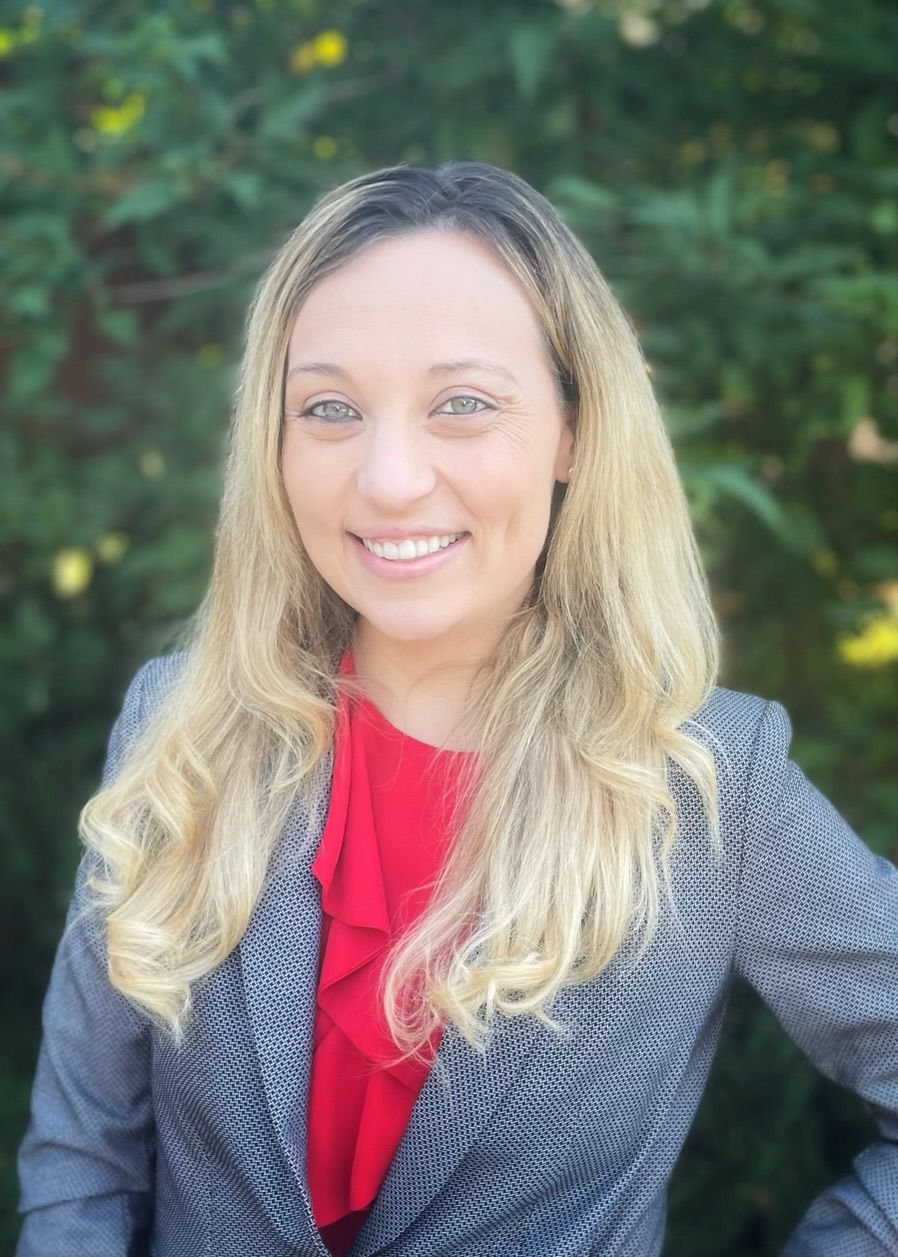A View Inside the Work of a Cannabis Researcher
- Chris Bensley
- Jun 13, 2024
- 6 min read
An Interview with Dr. Hollis Karoly, Colorado State University

The broad array of cannabis products on the market makes cannabis research vitally important. What’s it like doing this research job? We sat down with Hollis Karoly, PhD, Assistant Professor of Psychology at Colorado State University. Her specialty is clinical psychology and neuroscience with a focus on addiction studies.
Her highly-praised work includes a 2022 study that used DRUID to assess levels of cognitive impairment after cannabis was smoked by high-frequency users. Dr. Karoly generously took the time for an interview with Impairment Science to share her insight about addiction science, open questions in the field, promising new methods, and how products like DRUID can fit into the broader picture of cannabis research.
Q: What led you to research cannabis and addiction psychology? How did you get here?

Hollis: I've always been interested in psychology and neuroscience. I took a course as an undergraduate that was about the psychopharmacology of addictive drugs, and that really piqued my interest. Initially, I was most interested in studying alcohol use disorders given just how common and accessible alcohol is in our society. I ended up choosing to go to a lab for my PhD that was located in Boulder, Colorado. I was starting my PhD at the time cannabis legalization happened in Colorado, one of the first states to get recreational cannabis. We started to notice in our studies that a lot of the participants that we were recruiting reported using cannabis. And at first, it kind of seemed like maybe this was going to be a problem for us, maybe we're going to have to screen out all these people who use cannabis in addition to alcohol. But as time went by, we realized what we were seeing was an interesting phenomenon whereby a lot of people who drink seem to like to use cannabis and vice versa. So I became primarily interested in folks who use both alcohol and cannabis. There are many nuanced questions around alcohol and cannabis use. That's really kind of how I came to cannabis research– by way of studying alcohol.
Q: In your research, you use a mobile pharmacology lab? How does that work?
Hollis: We're not allowed to bring legal market cannabis on university campuses, because cannabis is still illegal at the federal level. Researchers would be breaking the law if they brought cannabis into their lab. So the mobile lab is basically a Ram ProMaster van that's outfitted with things like cabinets and a special chair where we can draw blood and a cooler for blood storage, and space to do things like administer the DRUID app and other balance testing and stuff like that. So it's set up to let us do in a mobile space what we would normally do in our on-campus laboratory. Participants can self-administer their cannabis in their homes, so the researchers don't have to touch it. I don't tell participants what cannabis to use or how much to use. We avoid breaking any laws by following this approach.

Q: Is it hard to recruit volunteers?
Hollis: What we've actually found is that recruitment is not that challenging for studies like this in the location that we're at. We're in a college town. We also find that a lot of folks are very excited to contribute to cannabis research because increasingly, the public is quite aware that we lack data on these legal market cannabis products and that the market is outpacing the science in some ways. So they are enthusiastic contributing to something that matters to the public.
Q: You're saying that the market is outpacing the science, so what does science need to do to meet the market? What questions need to be answered?
Hollis: I think a big part of the solution is exactly the space that you [Impairment Science] are occupying. It's understanding safety and risks of cannabis use specifically in the context of impairment and driving-related impairment. We really don't have a great idea of how different types of cannabis products that are available on the recreational market impact things like balance or reaction time or all of these things that are relevant for driving. There has been some work in this space, but our knowledge base is still very limited. And until we have a lot more data to really characterize the acute effects of this huge swath of different cannabis products available, the public is not able to use these legal-market cannabis products in an informed way. If we don't even have data on what these products do, how can you go into a dispensary and say, “Oh, this is what I want to buy”?
Q: How many sessions are you running in a given week? How many studies do you have on your docket right now?
Hollis: Right now I have three funded research projects. In a given week, we probably run one or maybe two sessions for each of the studies. So maybe the mobile lab is out doing its thing like three or four times a week. I'm very interested scientifically in cannabis and alcohol use so all of the studies that I'm running right now are among people who use both alcohol and cannabis.
Q: You talked a little bit about the state of research in different areas, but what would you say are kind of the big open questions in cannabis research right now?
Hollis: It depends on who you ask. There are so many. Obviously, cannabis and driving is a really big deal. And it's something that I think everyone in the state of

Colorado where we're located is thinking about because it impacts the law, it impacts public safety. Field sobriety tests that were designed to detect alcohol impairment don't pick up cannabis-related impairment very well. There's not a good biomarker at this point for how intoxicated someone is on cannabis. And so how do we make DUI laws for cannabis? How do we figure out what to recommend to consumers like, “Okay, if I go to my friend's house and smoke some cannabis, how long do I have to wait before I get in my car?” If someone is a medical cannabis user, and they're using a high dose of cannabis every day, maybe their tolerance is such that they don't really experience that much impairment and they would be safer to drive than someone who only uses cannabis once a year, right after using a similar amount. There could be all sorts of other potential moderating factors and we need a lot more research in that space.

Another big area that the field is very interested in right now is trying to come up with a way to quantify a standardized dose of cannabis. It's been proposed by the National Institutes of Drug Abuse (NIDA), that maybe five milligrams is a good cannabis dose. But there are a lot of complications with measuring dose. It's hard when someone is smoking a cannabis product to know exactly how much they're taking. In the alcohol field, we all agree on what a standard dose of alcohol is. We just don't have anything really like that comparable to cannabis.
Q: Given the complexity of cannabis consumption and how impairment is different depending on the individual and the type of cannabis, do you think that DRUID has a place in the scientific discourse? How has it been helpful to you and other researchers?
Hollis: I think DRUID is exactly the kind of tool that we need. It's not the only tool that we need, but I think it could complement a battery of tools. One of the things that's really nice about DRUID is how easy it is to administer. In theory, you could probably do something like DRUID at the roadside.

And it’s easy for researchers to use. It could be easy for other sorts of testing contexts like workplace too. I think the logistical aspect of it is great. I also think the fact that DRUID integrates multiple different areas of impairment in a very quick testing battery is useful. In the past, we might do a ten-minute cognitive task to assess all of these different things and DRUID is great because it kind of combines everything for us in a very brief assessment. It's been really useful for us and for colleagues that I've worked with as well.
Q: How did you first learn about DRUID?
Hollis: I actually was a postdoc in a lab that had been using DRUID at CU Boulder. And I thought the results were interesting and the tasks were very relevant. Soon after that I started my own lab at CSU and so since I had this familiarity with DRUID and had already published on it, I felt like it was a no-brainer that I would want to use it in some of the studies that I was getting up and running at that point.
Q: With the increased legalization of cannabis, is the interest level in cannabis research growing?
Hollis: I think some years ago it was more of a niche type of research topic. But now, to me, it seems like everyone is interested in cannabis. Anyone who studies substance use or mental health has encountered cannabis because every person in the US is living in this interesting time where legalization is happening and so many people are trying cannabis. In addition, more people are open to talking about the fact that they use cannabis. Anyone who studies anything related to public health, mental health, or substance use is coming into contact with cannabis in some way in their study population. So I think people are really recognizing how important this research is.
And that's great because it means that there are more funding initiatives and more opportunities for cool science to happen.




Comments